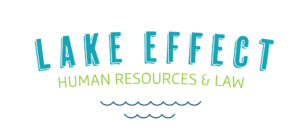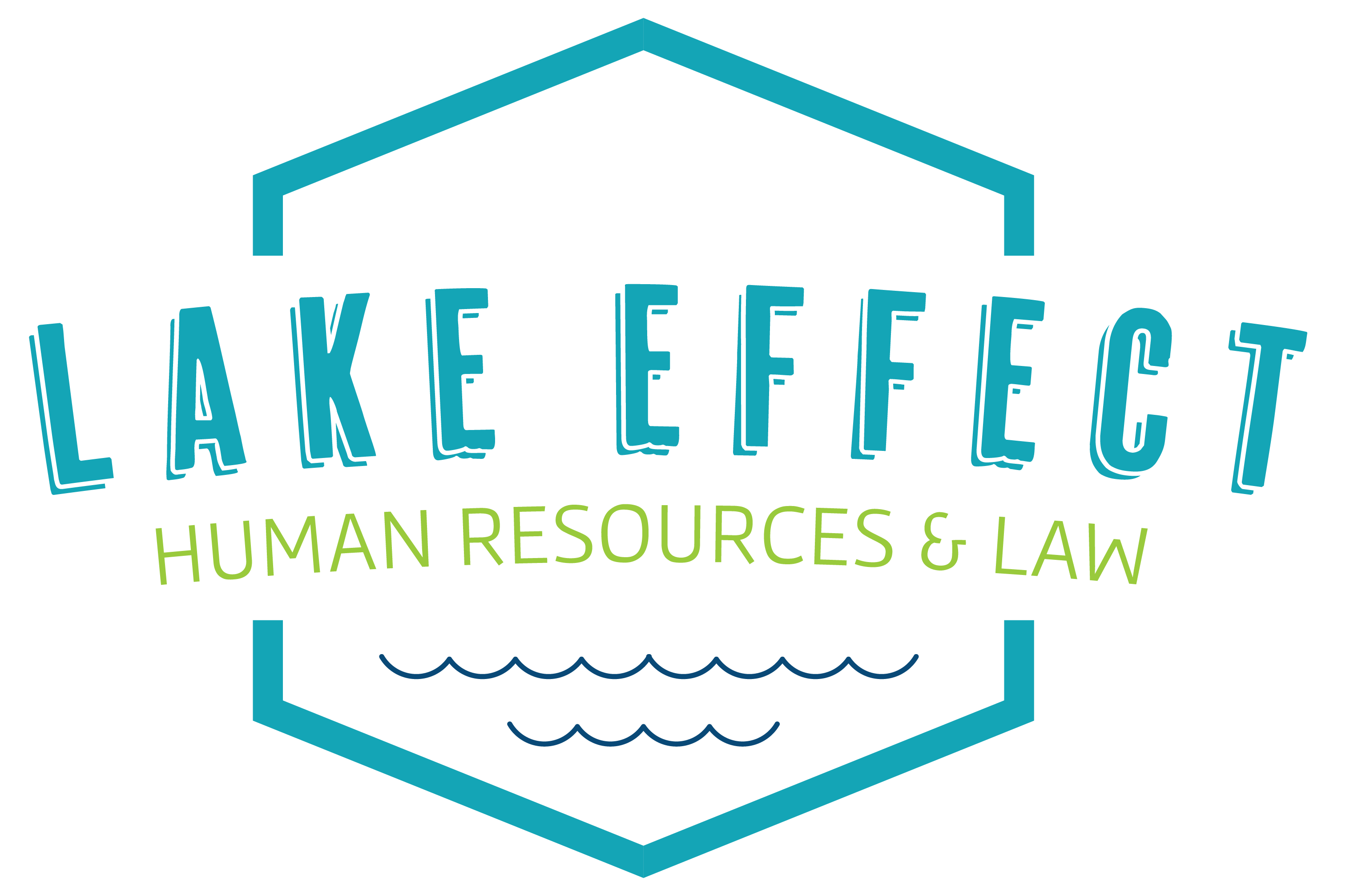After an unexpected delay during which he strongly criticized the stimulus legislation passed by Congress on December 21, President Trump signed the $900 billion COVID-19 emergency relief bill into law on December 27, 2020. The new legislation aims to help individuals, businesses, and organizations across the country to offset the devastating economic effects of the COVID-19 pandemic.
Key provisions of the Emergency Relief bill include:
- Direct payments to individuals: provides a one-time payment of $600 to individuals earning up to $75,000 per year. Couples earning up to $150,000 per year will receive $1,200. Caregivers will receive an additional $600 for each dependent child.
- Additional Paycheck Protection Program (PPP) loans, Economic Injury Disaster Loans (EIDL), and other small business support: provides additional funds for first and second PPP loans to eligible recipients, with dedicated funds for small and minority-owned businesses, as well as additional small business and EIDL grants.
- Most new provisions apply to PPP loans made before, on, or after date of enactment of current stimulus bill.
- PPP loan eligibility is expanded to include housing cooperatives, news organizations and 501(c)(6) nonprofit organizations, but publicly traded companies are specifically excluded from new PPP loan eligibility.
- Forgivable PPP loans may be used to cover operations expenses (e.g., software, cloud computing, accounting needs), property damage due to public disturbances, supplier costs, and PPE expenditures; employer-provided group insurance benefits are included in payroll costs (e.g., group life, disability, health, vision, dental insurance).
- Certain organizations with fewer than 300 employees may receive a second PPP loan of up to $2 million. The 60/40 cost allocation between payroll and non-payroll costs for full forgiveness will continue to apply.
- Eligible organizations must have experienced a 25% drop in gross receipts in 2020 compared to a comparable quarter in 2019.
- The covered period (whether an employer elects an 8-week or 24-week period) for all PPP loans is extended through 3/31/21.
- Deductions are allowed for otherwise deductible business expenses paid for with proceeds of a PPP loan that is forgiven.
- Recipients of PPP loans under $150,000 may utilize a simplified forgiveness request process.
- Organizations that receive both an EIDL grant and a PPP loan need not deduct forgiven amount of EIDL grant from the forgivable amount of their PPP loan.
- SBA is authorized to award grants to eligible live venue operators, theaters, performing arts organizations, museums, motion picture theaters, etc. to be used for payroll costs, rent, utilities, and Personal Protective Equipment (PPE).
- Additional targeted EIDL grant funding is provided for low-income communities, and the covered period for Emergency EIDL grants is extended through 12/31/21.
- Unemployment Assistance: provides for supplemental federal unemployment benefits and extends time periods for receiving unemployment benefits under state and federal pandemic programs.
- Federal Pandemic Unemployment Compensation (FPUC) program will provide a supplement of $300 a week to all state and federal unemployment benefits recipients from 12/26/20 until 3/14/21.Because the legislation was not signed until 12/27/20, recipients may experience a one-week gap in benefits.
- Pandemic Unemployment Assistance (PUA) is extended until 3/14/21, and recipients getting benefits as of that date may continue to do so through 4/5/21; maximum number of weeks of PUA benefits is increased from 39 to 50.
- Pandemic Emergency Unemployment Compensation (PEUC) program is extended until 3/14/21, and recipients getting benefits as of that date may continue to do so through 4/5/21; maximum number of weeks of PEUC benefits is increased from 13 to 24.
- States must develop methods to address situations in which unemployment compensation recipients refuse to accept offers of suitable work without good cause, including a method for employers to notify the state when an individual refuses employment.
- Employee Retention Credit extended, and eligibility expanded: extends Employee Retention Tax Credit under the CARES Act through 6/30/21.
- Tax credit rate is increased from 50% to 70% of qualified wages, and the limit on per-employee creditable wages is increased from $10,000 per year to $10,000 per quarter.
- Eligible criteria are expanded to include employers experiencing a 20% (vs. 50%) reduction in year-over-year gross receipts and employers receiving PPP loans.
- Payroll tax credits for FFCRA leaves extended: guarantees that employers who continue to provide paid sick and family leaves in accordance with prior FFCRA requirements will continue to receive payroll tax credits through 3/31/21. Tax credits apply as if the corresponding employer mandates were extended through 3/31/21.Note that employers are no longer required to provide FFCRA paid leaves, but the continuing tax credits provide an incentive for them to do so.
- Employers who want to take advantage of these tax credits must follow the FFCRA leave requirements set forth in the original Act. See our prior blogs on this issue and consult with experienced HR and legal advisors to ensure FFCRA compliance and receipt of the tax credits.
- Extension of deferred payroll taxes: extends the repayment deadline until 12/31/21 for employers who deferred withholding of employees’ share of social security taxes. Penalties and interest on deferred unpaid tax liability will not begin to accrue until 1/1/22.
- Extension of time for distribution of CARES Act funds: extends for one year, or until 12/31/21, the time for states and local governments to distribute Coronavirus Relief Funds previously allocated under the CARES Act.
- Relief for transportation industry: provides funds to support transit industry including airlines, airline contractors, airports, state departments of transportation, Amtrak, and the motorcoach, school bus and ferry industries. In order to receive funds, airlines must recall involuntarily furloughed employees, provide backpay to returning employees, and guarantee minimum air transportation service.
- COVID-19 vaccines, testing, tracing, and mitigation efforts: provides dedicated funds to procure and distribute vaccines and direct financial aid to states for testing, tracing, and COVID-19 mitigation programs, including grants designated for underserved communities; provides additional funds to support mental health, health care providers, COVID-19 research, and the Indian Health Service.
- Emergency rental assistance: provides $25 billion for a federal emergency rental assistance program to be administered by state and local governments. Funds will be used to help eligible families struggling to pay rent, utilities, and other housing-related expenses. The CDC’s previous eviction moratorium is extended through 1/31/2021.
- Broadband and telehealth: provides funds to increase broadband access for low-income families, tribal communities, and rural communities, and appropriates additional funding for telehealth programs.
Please note that this is not an exhaustive list of all provisions included in the Emergency Relief Bill. We encourage you to consult with your business and tax advisors about the Emergency Relief Bill and its impact on your organization and employees.
For additional and information and discussion of FFCRA and PPP loans, please see Lake Effect’s prior blogs on those topics. We will continue to closely monitor all developments in this area and provide you with important updates.
Lake Effect is here to answer your questions about federal and state pandemic relief packages affecting employers. We continue to monitor important legal and HR developments, as well as COVID-related updates from federal, state, and local authorities. Please keep watching our blogs and emails for these important updates, as well as discussions of how compliance meets culture. To dive into these issues, contact us at info@le-hrlaw.com or 1-844-333-5253.




